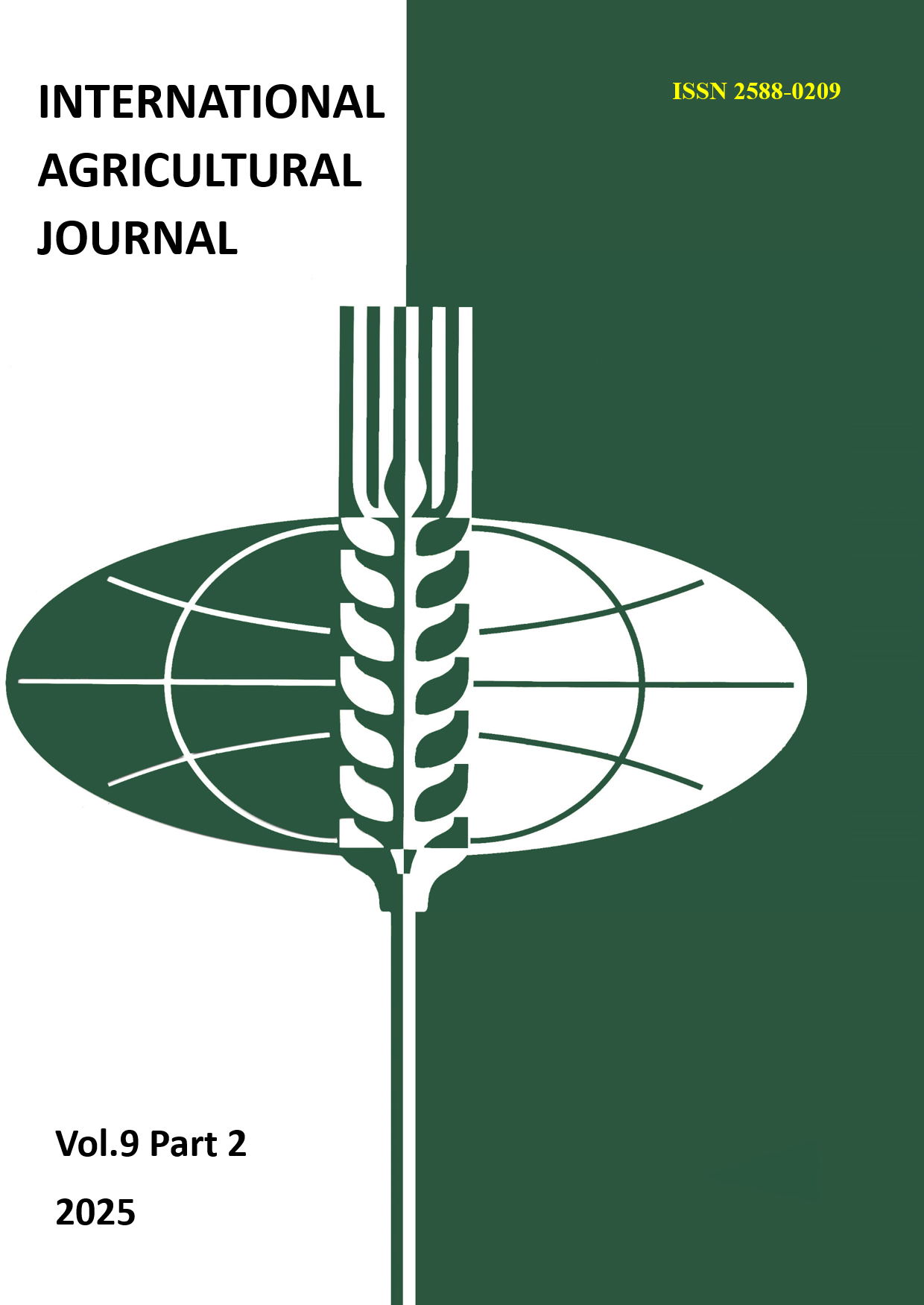Russian Federation
Russian Federation
The study assesses the content of manganese (Mn), nickel (Ni), chromium (Cr), and zinc (Zn) in soils at a geological exploration site on the Belomorsko-Kuloi Plateau (Arkhangelsk Oblast). The aim was to evaluate the level of technogenic impact on topsoil caused by tracked vehicles (TLT-100 and URB-2A2-TSN-4) and materials (bentonite "PBMA", diesel fuel "DT-L-K5", steel "No. 45"). Sampling was conducted at drilling sites, access roads, and background areas (podzolic soils) following methodology [1]. Analysis was performed using direct potentiometry (Ni, Cr, Zn) and atomic emission spectrometry (Mn). Results revealed that average metal concentrations did not exceed maximum permissible concentrations (MPC) per SanPiN 1.2.3685-21: Zn — 4.25 mg/kg (MPC 23), Ni — 0.49 (MPC 4), Cr — 0.92 (MPC 6), Mn — 12.4 (MPC 1500). Peak Mn content (44 mg/kg) was recorded at vehicle access points, exceeding the Tukey-adjusted upper quartile (12.35), attributed to wear of manganese steel tracks (110G13L). No anomalies were detected for Ni, Cr, or Zn. Conclusions: geological exploration does not cause critical soil pollution, but Mn monitoring is recommended as a technogenic impact indicator. The study analyzed 6 samples using median, quartiles, and Tukey's exploratory analysis.
tyazhelye metally, pochvennyy pokrov, geologorazvedochnye raboty, Belomorsko-Kuloyskoe plato, marganec, nikel', hrom, cink, ekologicheskiy monitoring, predel'no dopustimye koncentracii (PDK), tehnogennoe vozdeystvie, gusenichnaya tehnika, razvedochnyy analiz T'yuki














